Biggest football stadiums in the world by capacity
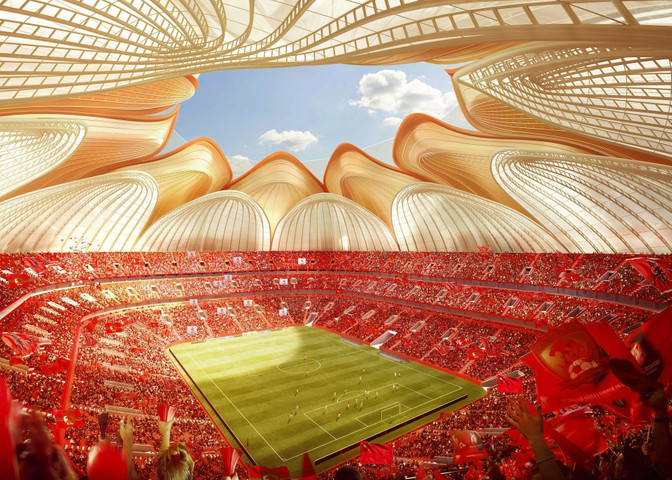 This article is about the biggest football stadiums in the world by capacity. As football is the most prevalent sport it arose the need for the biggest stadiums.
On earth, you can find different biggest football stadiums which are incredible masterpieces. The biggest football stadiums are designed and built for this famous sport. Like in Australia football is an extremely popular game and is watched more than the others game. These multi-purpose iconic stadiums are not only used for the sport but have multiple purposes. The sports played and hosted in these biggest stadiums in the world are on both levels national and international.
This article is about the biggest football stadiums in the world by capacity. As football is the most prevalent sport it arose the need for the biggest stadiums.
On earth, you can find different biggest football stadiums which are incredible masterpieces. The biggest football stadiums are designed and built for this famous sport. Like in Australia football is an extremely popular game and is watched more than the others game. These multi-purpose iconic stadiums are not only used for the sport but have multiple purposes. The sports played and hosted in these biggest stadiums in the world are on both levels national and international.
Love for football resulted in:
So, the love for football arose the necessity for better and big infrastructures which concluded in eminent and giant structures that are now known as the biggest football stadiums in the world and act as multi-purpose masterpieces. People love to go there and enjoy the tournaments and games. When you heard of the biggest football stadiums in the world maybe names like Real Madrid’s Santiago Bernabeu or Man United’s Old Trafford slither to your mind but let me tell you that these stadiums can’t beat the biggest stadiums present on the list of top 10 world's largest stadiums by capacity. Let’s head into the article and know about these largest multi-purpose stadiums by space capacity.
Rungrado 1st of May Stadium:
Rungrado 1st of May Stadium is the biggest football stadium in the world by seat capacity. The full name of this world's biggest stadium is The Rungrado 1st of May Stadium Pyongyang and is located on Rungra Island, Pyongyang, North Korea. Between 1986–1989, it was built and opened on 1st May 1989 and is owned by the North Korea Government. The total floor space is 22,500 m2 (242,000 sq ft) with a remodeled seat capacity of 114,000 (originally it was 150,000). The estimated cost that was used in this biggest soccer stadium’s construction is around $210 million. For Korean DPR men’s and women’s national football teams this multipurpose stadium serves as a home ground.
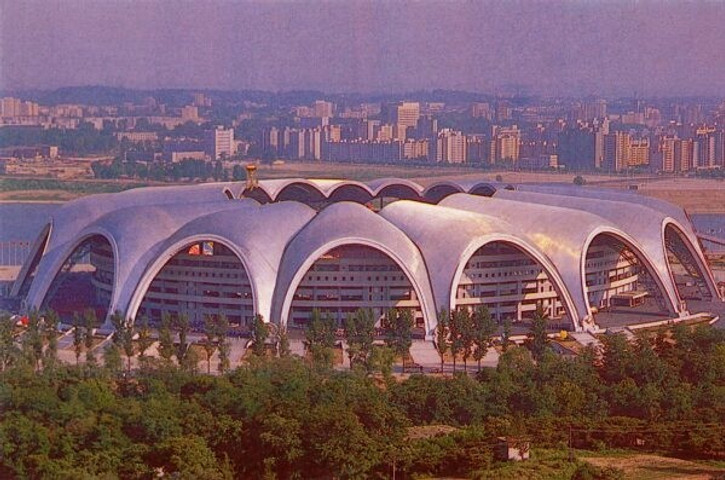
Michigan Stadium:
Michigan Stadium is the 2nd biggest soccer stadium in the world with a seating capacity of 107,601. Michigan Stadium is situated in Ann Arbor, Michigan, USA. In 1927, this big stadium was built and the construction cost of the stadium is $950,000. The University of Michigan owns the 2nd biggest soccer stadium which is also known as “The Big House”, because of its giant size. The stadium was originally designed by Bernard L. Green. However, in 2010, the stadium was remodeled with the HNTB design. Many football games are played in Michigan Stadium. The graduation ceremonies of the University of Michigan also took place here.
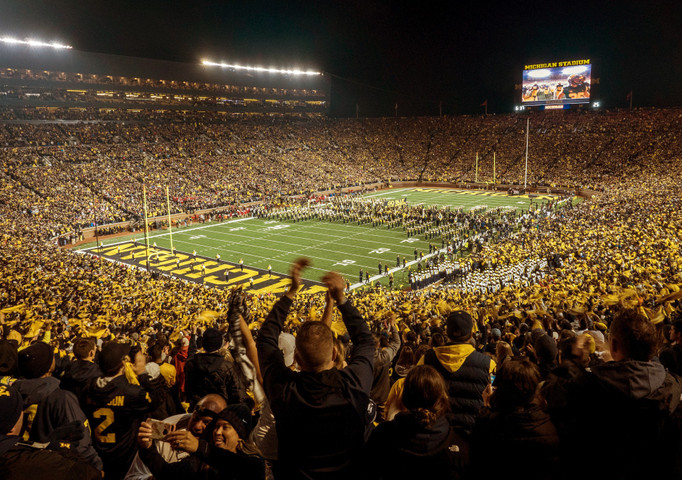
Melbourne Cricket Ground:
Melbourne Cricket Ground is one of the biggest stadiums by seat capacity and is located in East Melbourne, Victoria, Australia. The Melbourne Cricket Ground is also called “The G” and has a seating capacity of 100,024. In 1853, with several renovations, it was built and is owned by the Government of Victory. In Australia, the most popular sport is football, and for these demanded games this stadium is most continually used for Australian football. Many cricket matches are also hosted in this stadium. One of the most significant matches between Brazil and Argentina was also hosted in Melbourne Cricket Ground.
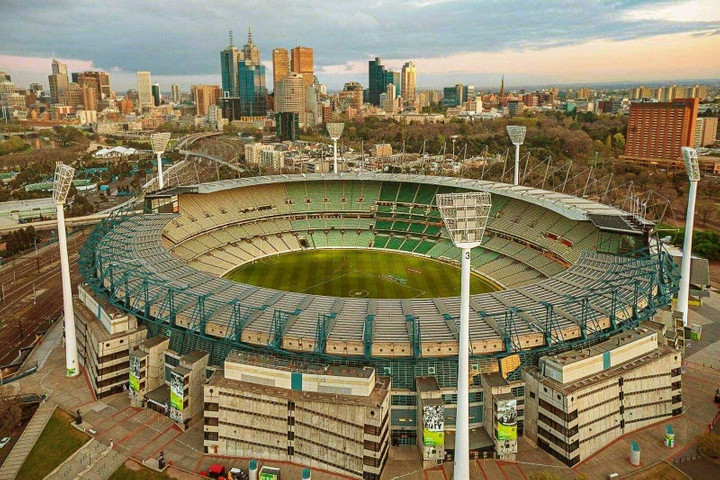
Camp Nou:
Camp Nou is the European biggest stadium that is located in Barcelona, Catalonia, Spain. Between 1954–1957, it was built and has a seating capacity of 99,354. The stadium went through many renovations during which it was renamed Spotify Camp Nou. The design of this biggest European stadium was made by Francesc Mitjans and Josep Soteras. The ownership of Spotify Camp Nou is with FC Barcelona. It was built at the cost of about €1.73 billion. Many great events were hosted here including the World Cup Games, Champions League finals, Cop del Rey finals, etc.

FNB Stadium:
FNB Stadium is one of the largest football stadiums in the world and is located on Stadium Avenue, Nasrec, Johannesburg, South Africa. The seating capacity of FNB Stadium is 94,736 which was originally 40,000. In 1986, it was built which was later on remodeled and extended in 2009. The stadium is owned by the City of Johannesburg Metropolitan Municipality. It was designed by Boogertman & Partners, HOK Sport. Many tournaments took place here.
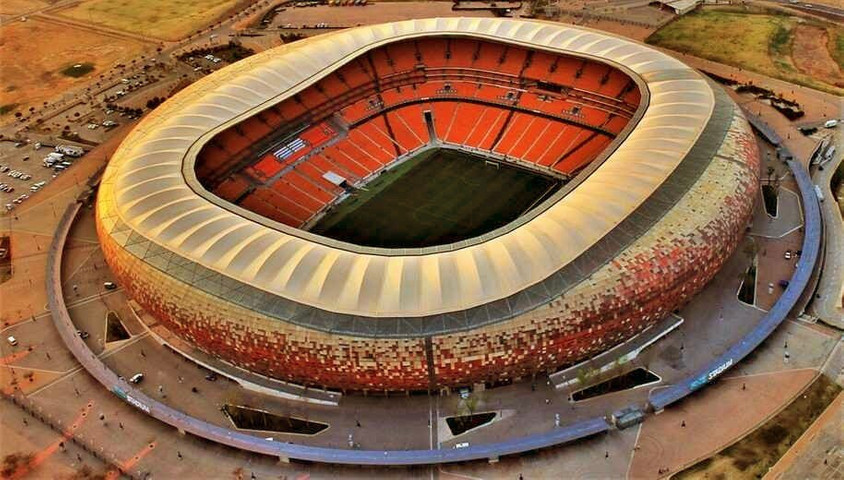
Rose Bowl:
Rose Bowl is one of the biggest stadiums in the world with a seating capacity of 92,542. It is situated in Pasadena, California, and is owned by the City of Pasadena. It is the 2nd largest American stadium after Michigan and was built in 1922. In 1922, the construction cost was around $272,000. It is an outdoor multipurpose athletic stadium that is run by the Rose Bowl Operating Company. In 1921, Myron Hunt designed the Rose Bowl. The stadium is well-known as a platform for college football and is the home ground for the football team, UCLA Bruins. Several matches are hosted here including the 1994 FIFA World Cup Final, 1984 Olympic Soccer Gold Medal Match, 1999 FIFA Women’s World Cup Final, etc.
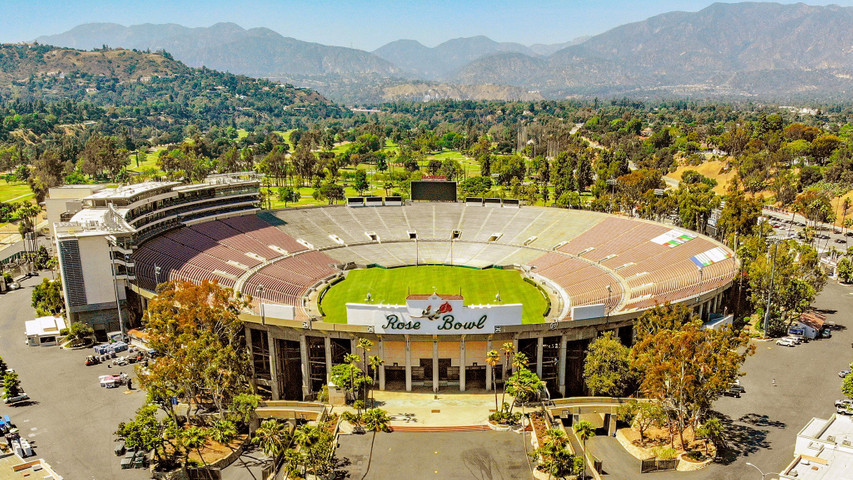
Wembley Stadium:
Wembley Stadium is the UK’s biggest stadium and is situated in Wembley, London, England. Between 2003–2007, Wembley Stadium was built with its opening in 2007. The stadium was designed by Populous and Foster and Partners whose rough estimated cost of construction is about US$1.57 billion. The entirety of the project was controlled and managed by Capita Property and Infrastructure. The governing body of the English football Association owns this stadium. Multiple soccer owners of the club endeavored to own this stadium but didn't have success in it. The seating capacity of the stadium is 90,000.
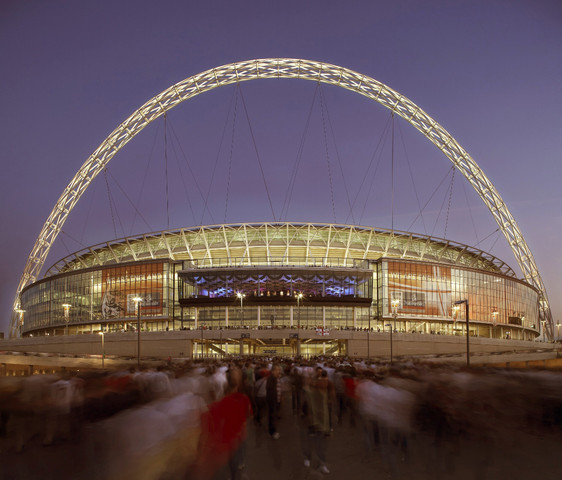
Estadio Azteca:
Estadio Azteca is the largest stadium in Mexico and Latin and is located in Tlalpan, Mexico City. Estadio Azteca is owned by TelevisaUnivision Mexico. This stadium was opened on 29 May 1966. The current seat capacity of the stadium is about 87,523. The stadium was built at the cost of ~ $13 Million. This stadium also passed through considerable renovations and was enhanced. In 1970 and 1986, Estadio Azteca was the first stadium to host the two World Cup Finals. The quarter-final match between Argentina and England was also hosted here in which the “Hand of God” and the “Goal of the Century“, were scored by Diego Maradona. The stadium is at a height of 7,200 feet above the sea.
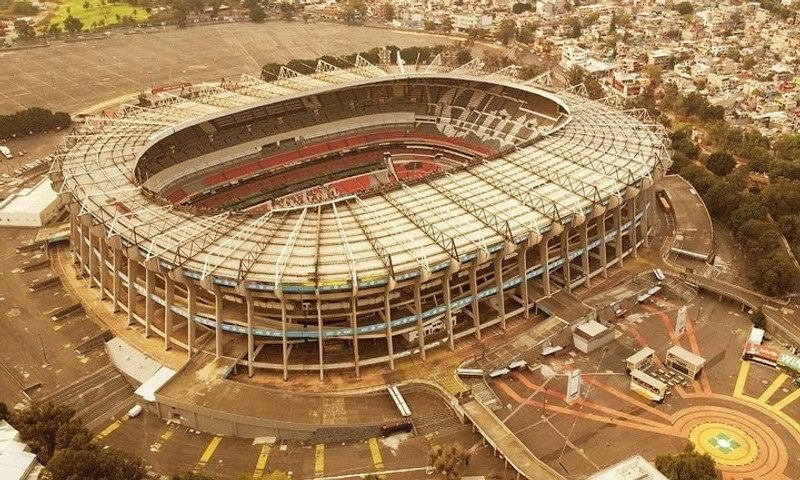
Bukit Jalil National Stadium:
Bukit Jalil National Stadium is another name on the list of the largest stadiums grounded on earth by capacity. Bukit Jalil National Stadium is situated in Bukit Jalil, Kuala Lumpur, Malaysia. The design of the stadium was made by the Arkitek FAA, Weidleplan Consulting GMBH, and Schlaich Bergermann Partner. On 1 January 1995, this masterpiece of Malaysia was built by United Engineers Malaysia. The ownership of the stadium is with the Malaysian Government. The seating capacity of this Malaysian stadium is 87,411. The stadium was built at a construction cost of ~ $182 Million. The Malaysian masterpiece is a platform for both international and national-level major sports. The multi-purpose stadium hosted the Southeast Asian Games of 2014 and 2017.
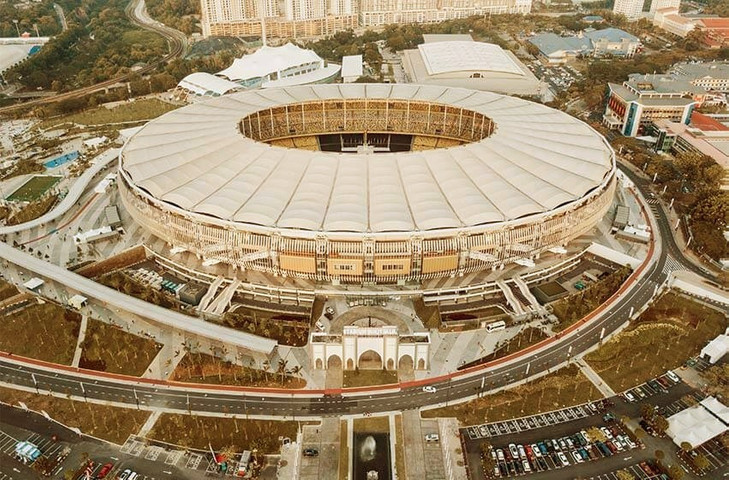
Lusail Iconic Stadium:
Lusail Iconic Stadium is Qatar’s biggest stadium with a seating capacity of 80,000. This iconic stadium in Qatar is situated in Lusail. In 2021, this large stadium was opened on 22 November 2021. The stadium is owned by Qatar Football Association. The stadium was built at the cost of around $767 million. The stadiums also have a solar system for cooling purposes of the stadium and have no carbon footprint. Like others, this iconic stadium also decided to host the 2022 World Cup.
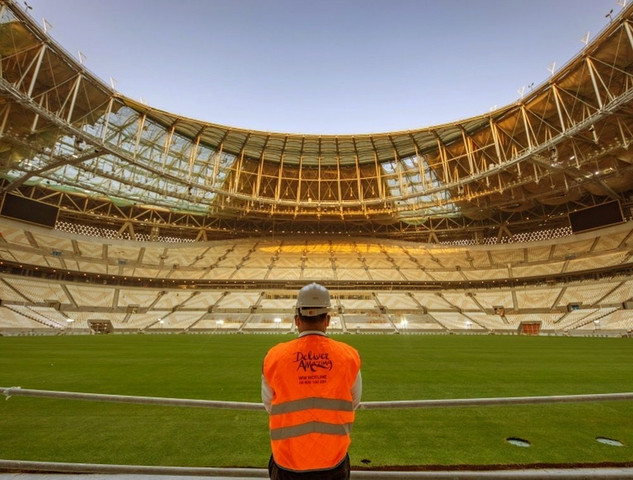 The article was all above the largest stadiums in the world by seat capacity. This masterpiece hosted several significant tournaments. Love for soccer and football resulted in giant stadiums where people go and enjoy the games. Football is mostly liked more by people than other sports. Similarly, due to the popularity of football, it is watched more compared to other games. The sports played in these iconic stadiums are on both levels national as well international. These stadiums are multi-purpose that are not only used to host sports in them but also used for other purposes. For example, Michigan Stadium, despite sports stadiums, is also used for the graduation ceremonies of the University of Michigan.
The article was all above the largest stadiums in the world by seat capacity. This masterpiece hosted several significant tournaments. Love for soccer and football resulted in giant stadiums where people go and enjoy the games. Football is mostly liked more by people than other sports. Similarly, due to the popularity of football, it is watched more compared to other games. The sports played in these iconic stadiums are on both levels national as well international. These stadiums are multi-purpose that are not only used to host sports in them but also used for other purposes. For example, Michigan Stadium, despite sports stadiums, is also used for the graduation ceremonies of the University of Michigan.









